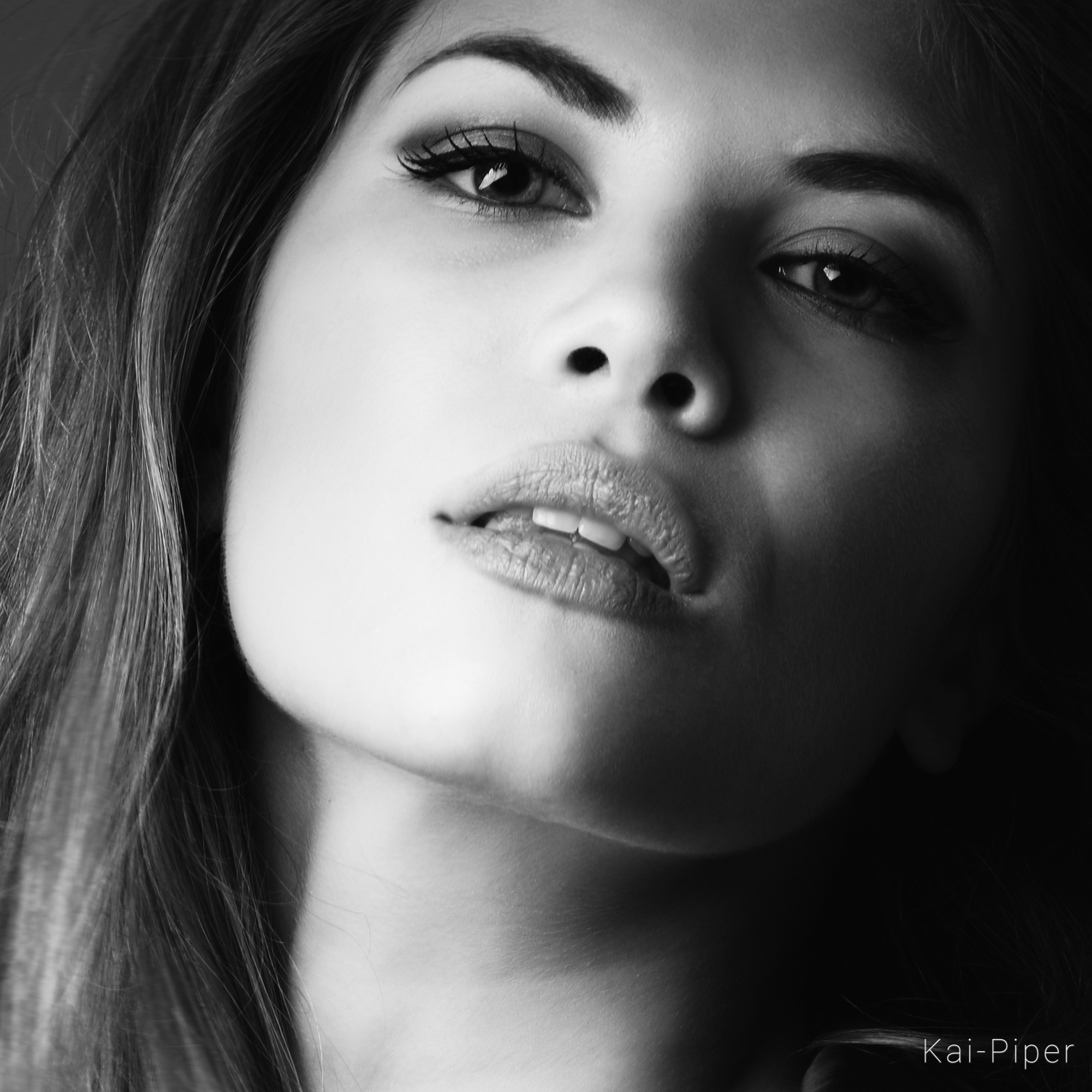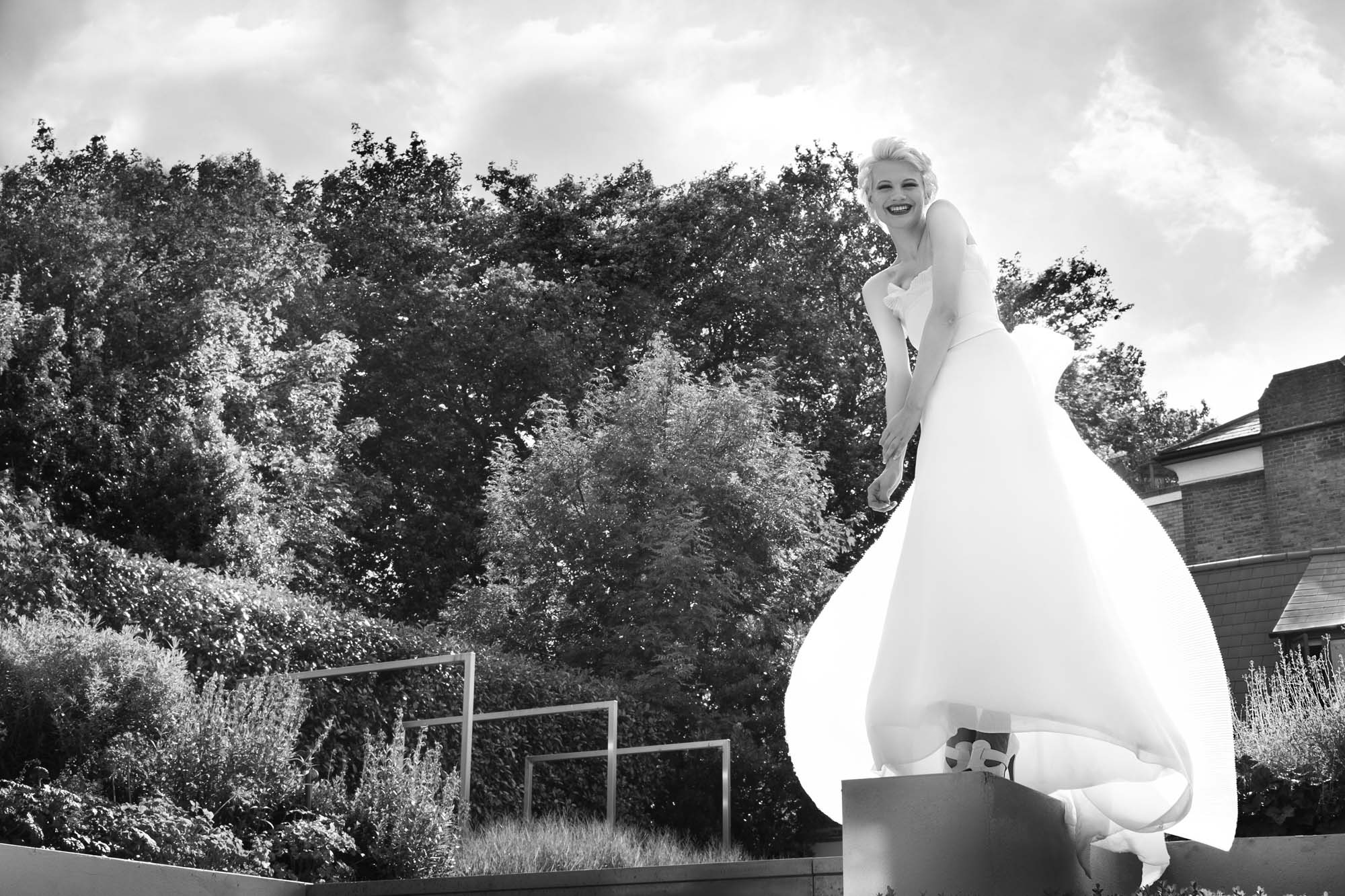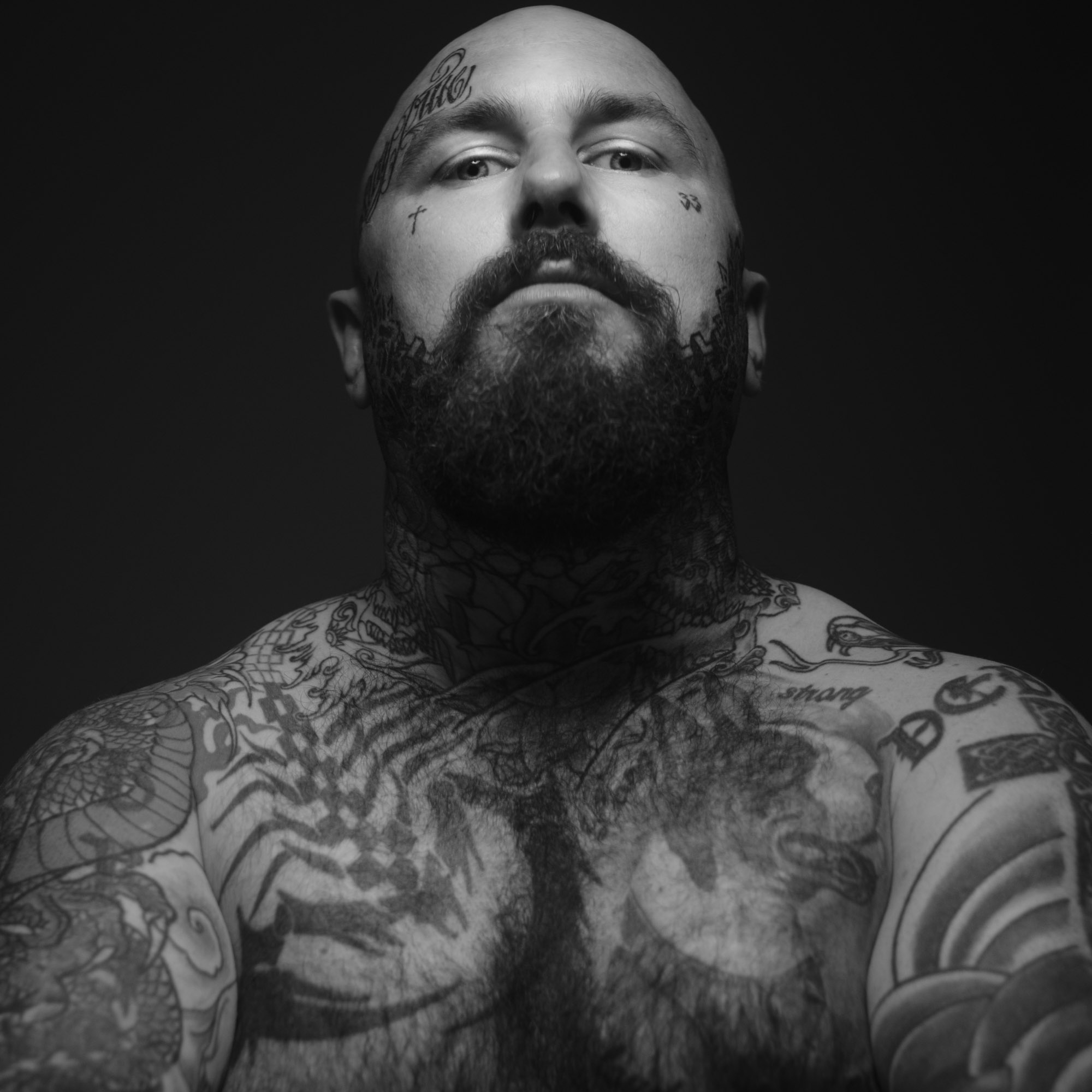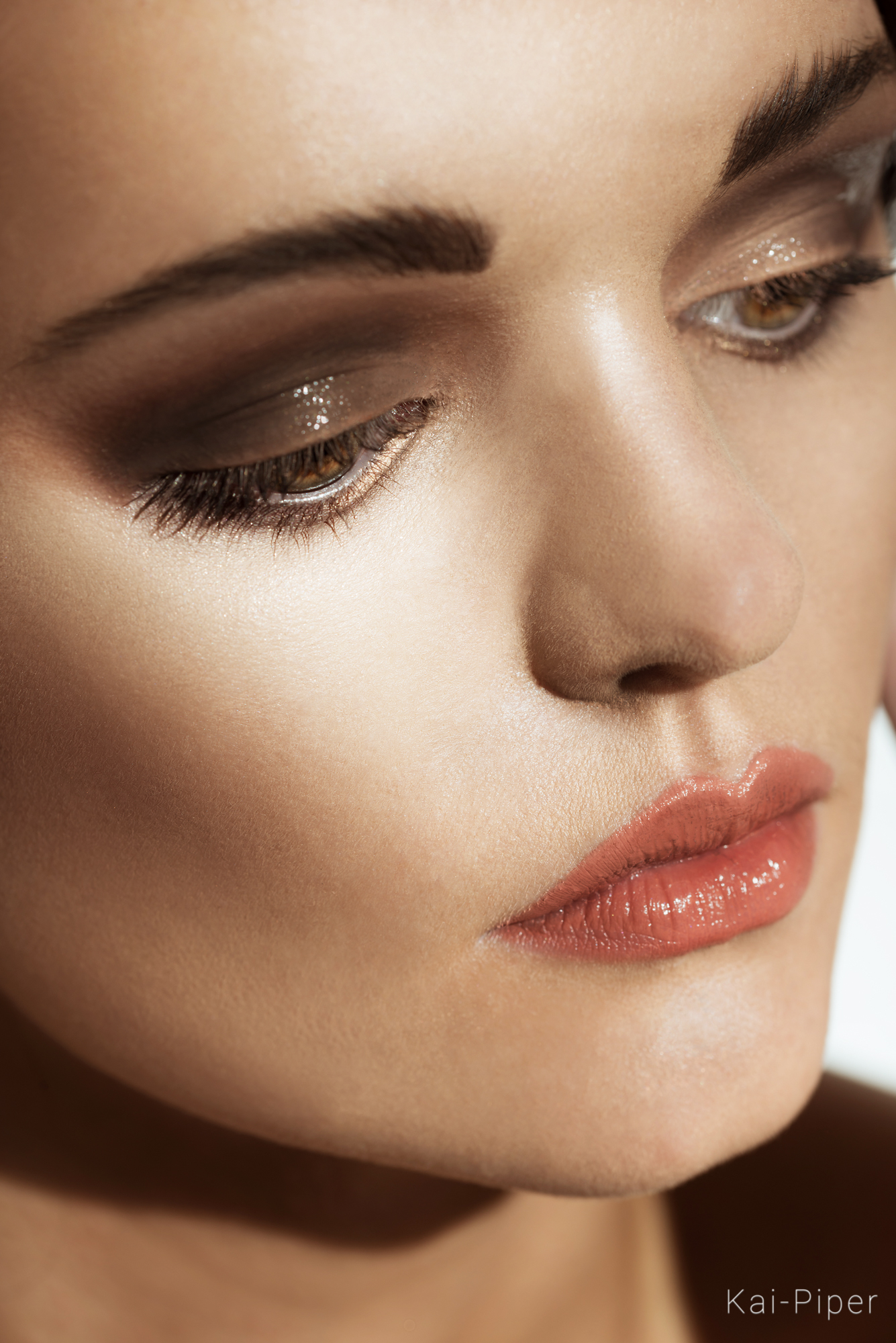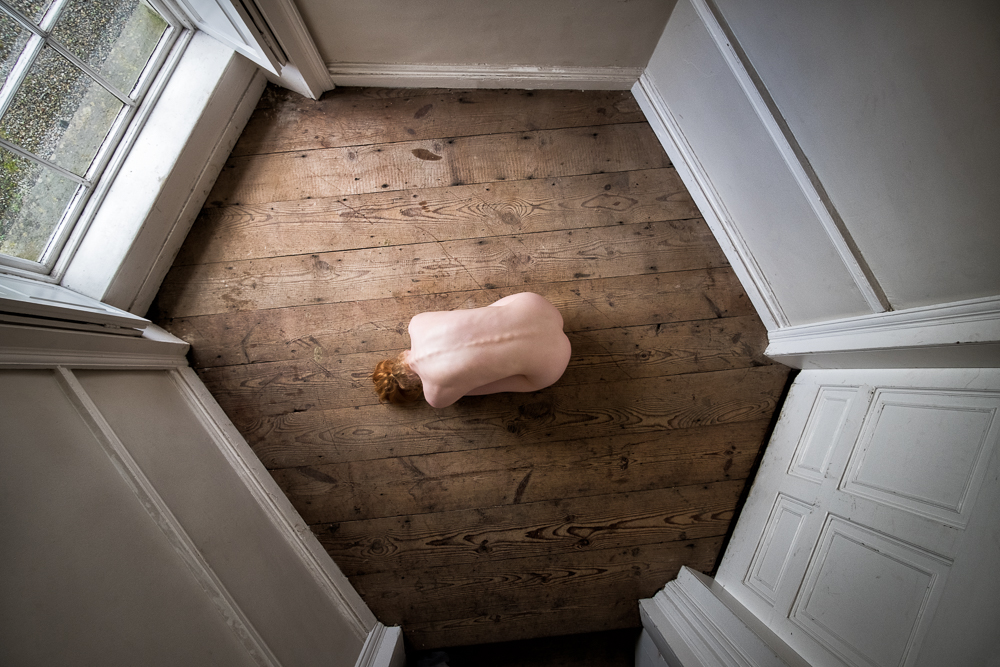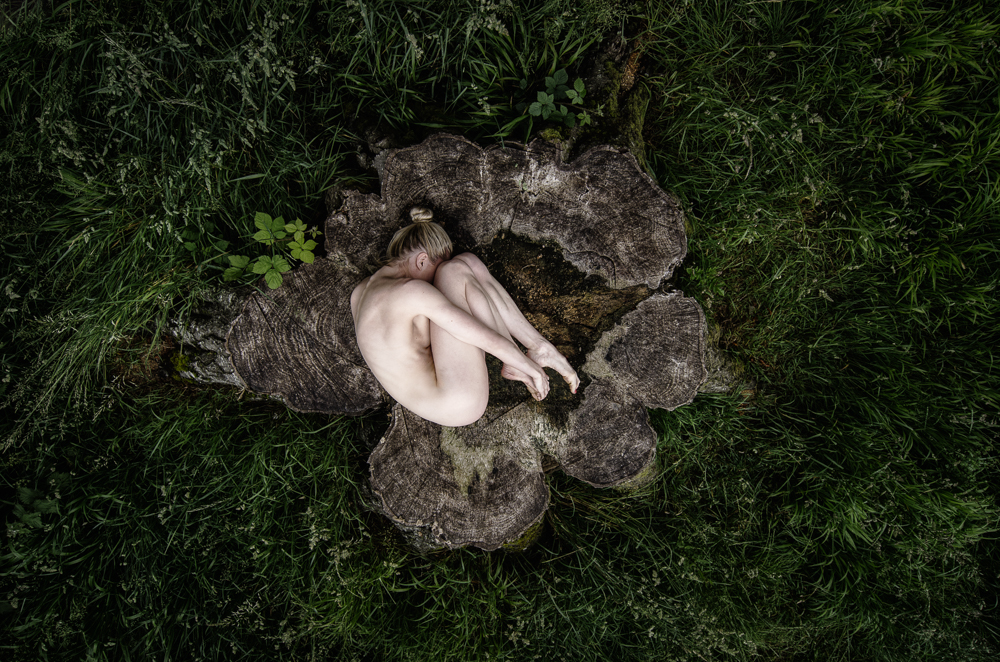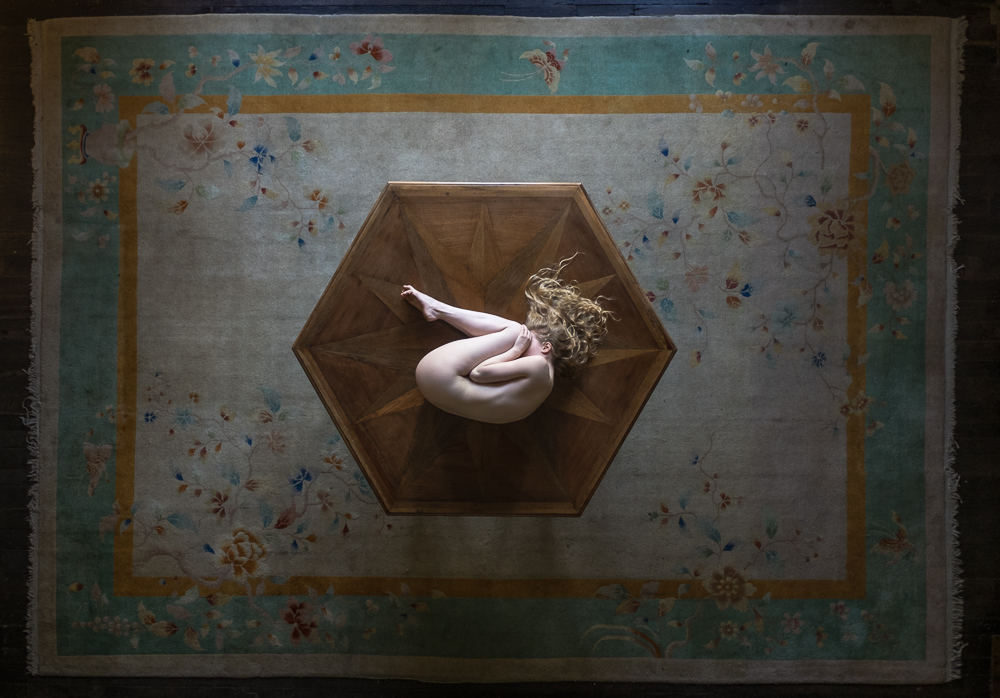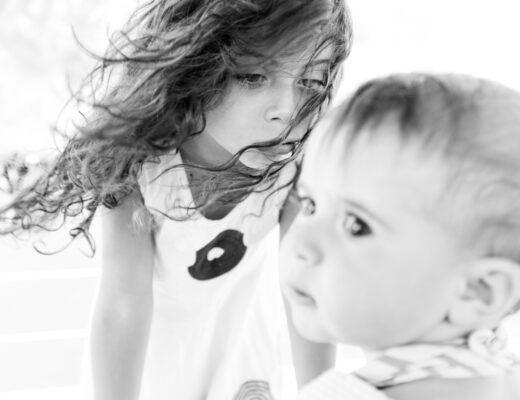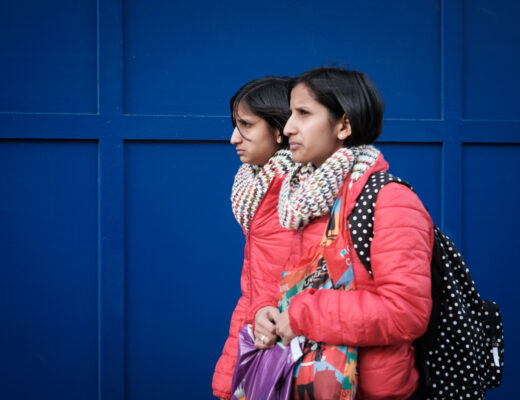There are few things as important as eye contact in portrait photography. I am not the tallest photographer in the world and when I am holding the camera naturally, it stands about 5’4 of the floor. It means that most of my images are taken with the camera being lower than my subject’s eye level. This means my subjects have a natural position to get good eye contact with the camera. The idea is that it gives the audience the feeling that they are sitting or standing right there along with the subject. The idea is that the face straight on lets the viewer understand the subject’s facial expressions and mannerisms at the same time as being able to give direct eye contact… or so the books tell me.
The Myth.
When the photographer takes an image along the eye line of the subject, it puts the subject on equal terms with the viewer.
‘Unlike the high-angle shot, which makes the subject appear smaller or weaker or the low-angle shot, which makes the subject appear bigger or more dominant, the eye-level shot is a fairly neutral shot as far as impact and emotion… The eye-level view can be used to make the subject of the shot appear to be more “honest”, “straightforward” or “friendly”.
Is this true?
Maybe, I am sure it used to be, and maybe with the 16:9 crop we see in the movies on the big screen it is more critical, but with the images, we make for Instagram and Twitter, we see them differently and I would say that photography is an ever-evolving media. Images today are used differently and read differently too. I really do think that the overall idea that if you are shooting up makes a character dominant and strong, while looking down does the reverse. I also think other elements such as lighting help, as does a crop of an image.
Genre to genre this is going to be different too – when I first started writing this post, I looked at it purely from the viewpoint of portraits, but it is a wider idea. From reportage to nature to landscapes we see camera heights and angles critical in the story of the image.
As a pre-summary – camera angles, heights, and eye contact do matter. Use them to add context and narrative to the story. As you can see – this image is shot from a low angle, but it is not creating a tension or dominating aspect, but the image of Chembo underneath does – remember – more things are at play than just camera angle.
The three images below are all identical expect from the height of which they were taken. Above, middle and below the model’s eye line. You can see the effect that it achieves. These sample images are quite subtle as examples but you can see the effect that it does have. Under these there are three more extreme versions to really show the effect.
The idea is that the middle line, with the camera just below your subjects eyeline offers the most natural & engaging view. As you can see from the images provided, some subtle change in height can have an effect on the images, this can sometimes be good and sometimes bad.
Three Examples
Camera // X-Pro 2
Lens // 50-140mm
Lighting // Natural
Model // Jodi Lakin
Below // Middle // Above//
When some angles just look awesome.
The ‘beauty’ shot and, very often, beauty images are great for playing with angles and shallow depth of field. The image below does a really good job at working with quite an abnormal angle.
Above & Below // When shooting up or down – shooting wide and capturing lots of the environment helps to explain the story and the narrative.
Shooting from above and carefully cropping can help isolate a subject, this works very well in water and swimming pools to crop out the often busy surrounding backgrounds.
Sometimes a change in perspective is all we need to turn an interesting image into something extraordinary. Tim Pile is a UK based photographer, his portfolio is full of images photographed from above using a long monopod. His work is no stranger to interesting angles and perspectives. When I first saw Tims work it was refreshing to see someone clearly thinking outside the normal perspective.
Check out more of Tim’s work here: http://timpile.co.uk/


